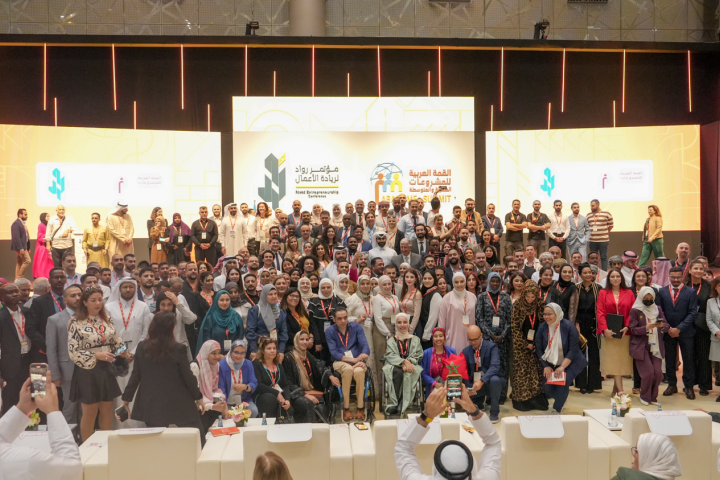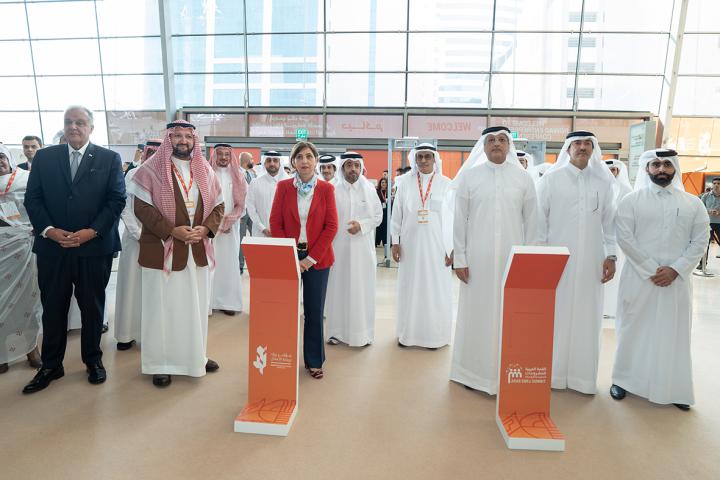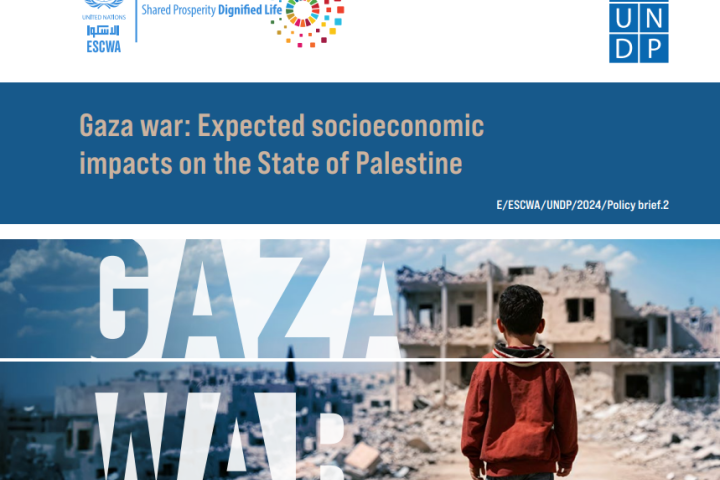Arab Ministers will discuss ways of facing youth unemployment in Western Asia in a roundtable to be held during the UNESCWA 24th Ministerial Session from 10 to 11 May 2006 at the UN House, Beirut, under the patronage of Lebanese House Speaker Nabih Berri. This issue is due to be discussed at 3:30pm on Wednesday 10 May 2006 with the main focus being on a study that examines youth unemployment in the Arab region by diagnosing the problem and its main causes and characteristics, highlighting several initiatives in the concerned countries and looking at international experiences. The study proposes some recommendations and implementation mechanisms needed to reduce youth unemployment in the countries of the region with an emphasis on the role of UNESCWA in this regard. According to the study, the Middle East and North Africa (MENA) share an increased rate of unemployment. In 2003, the MENA region topped the list, having the highest unemployment rate. Unemployment in this region reached 7.8% for adults and 25.6% for youth, or 12.2% in total. The study noted a number of characteristics of unemployment, including: the concentration of unemployment among high school graduates and above, a segment that used to find employment with the public sector seeing as most governments used to guarantee employing graduates. On gender, the study said the MENA region also suffers from a large gap between males and females, with rates reaching 22.7% for males and 31.7% for females. Despite the constant increase in female participation in the total labor force, there remain factors that negatively affect the participation of women and cause a gap in employment opportunities open to both genders in the job market. With respect to age, it seems that the 15 to 29 age group suffers the highest unemployment rate in all Arab countries where they account for 18 to 30% of total unemployed people. The study says that the “brain drain” places a heavy burden on governments as it increases the migration of competent Arab youth who face unemployment and other problems. Arab countries are paying to prepare migrating talents to the developed countries and paying the price for a lost opportunity as represented by the return expected from the participation of talented people in the development of their country. An Arab League study pointed out that over 450000 Arab college graduates had settled in the USA and European countries by 2001. On migration to the oil-exporting countries, the study said that despite the decreased growth rates in in-coming labor, it still challenges local talent with its lower wages and higher skills. The Arab labor was more affected by the decrease than the in-coming Asian labor. Statistics indicate that the size of Arab labor in the Gulf shrank by one third in the nineties, wherein Asian labor increased by 50%. The gap in academic output and labor market needs is, according to the study, a universal problem shared by the Arab economies. Despite the increase in mean of education years during the last decades, indicators still point to a missing link between education and the kind of labor required. Study data indicate increased unemployment rates in a number of Arab countries among the secondary school graduates and above and its decrease in most countries among the uneducated.
Unemployment rates in most countries are quickly linked to the level of education. The greatest factors, says the study, is working on decreasing youth unemployment through increased development. Fundamental solutions are limited to solving youth unemployment only in the short-term. In conclusion, the study made two important proposals for solving unemployment: first, establishing a regional monitor by UNESCWA to be adopted by the Arab League. It aims to monitor international experience with a special focus policies that work towards solving youth unemployment and those institutions that have proved successful in facing this problem; establishing a database on employment and unemployment in general and their reflection on youth in all the Arab countries in particular. The aim of this work is, in the end, to design and publish a group of indicators that will allow for the follow-up of employment rates. The second initiative is to establish a regional fund to finance pilot projects for the employment of youth. This must start with in-depth feasibility study for the design of this fund and means of financing and managing it. This fund can be a real translation of partnership between the private sector, governments and civil society institutions.



